Research on a Partial Discharge Expert System for the Diagnosis of Damaged Transformation Equipment
Abstract
1. Introduction
2. Materials and Methods
2.1. Hardware Architecture
2.1.1. Embedded ARM Processor
2.1.2. Analog-to-Digital Converter
2.1.3. Field Programmable Gate Array
2.1.4. Technical Architecture of High-Speed Data-Acquisition Device System
2.2. Functions and Processes of System Software and Data Acquisition Systems
2.2.1. Software System User Interface Design
2.2.2. Discharge Waveform Measurement
2.2.3. Noise-Suppression Technology
3. Results
4. Conclusions
Author Contributions
Funding
Institutional Review Board Statement
Informed Consent Statement
Data Availability Statement
Acknowledgments
Conflicts of Interest
References
- Petzold, F.; Schlapp, H.; Gulski, E.; Seitz, P.P.; Quak, B. Advanced solution for on-site diagnosis of distribution power cables. IEEE Trans. Dielectr. Electr. Insul. 2008, 15, 1584–1589. [Google Scholar] [CrossRef]
- Ma, H.; Chan, J.C.; Saha, T.K.; Ekanayake, C. Pattern recognition techniques and their applications for automatic classification of artificial partial discharge sources. IEEE Trans. Dielectr. Electr. Insul. 2013, 20, 468–478. [Google Scholar] [CrossRef]
- Chen, X.; Qian, Y.; Xu, Y.; Sheng, G.; Jiang, X. Energy estimation of partial discharge pulse signals based on noise parameters. IEEE Access 2016, 4, 10270–10279. [Google Scholar] [CrossRef]
- Zeng, F.; Wu, S.; Yang, X.; Wan, Z.; Tang, J.; Zhang, M.; Yao, Q. Fault diagnosis and condition division criterion of DC gas insulating equipment based on SF6 partial discharge decomposition characteristics. IEEE Access 2019, 7, 29869–29881. [Google Scholar] [CrossRef]
- Wang, D.; Du, L.; Yao, C.; Yan, J. UHF PD measurement system with scanning and comparing method. IEEE Trans. Dielectr. Electr. Insul. 2018, 25, 199–206. [Google Scholar] [CrossRef]
- Benzing, J.; Blokhintsev, I.; Patterson, C.; Loesch, A. Continuous OnLine Partial Discharge monitoring of medium voltage substations. In Proceedings of the Pulp and Paper Industry Technical Conference, Portland, OR, USA, 17–21 June 2012; pp. 1–7. [Google Scholar]
- Koch, H.J. Gas Insulated Substations; John Wiley & Sons Ltd. Press: Hoboken, NJ, USA, 2014; Volume 4, pp. 206–234. [Google Scholar]
- Piccin, R.; Mor, A.R.; Morshuis, P.; Girodet, A.; Smit, J. Partial Discharge Analysis of Gas Insulated Systems at High Voltage AC and DC. IEEE Trans. Dielectr. Electr. Insul. 2015, 22, 218–228. [Google Scholar] [CrossRef]
- Okamoto, T.; Uehara, H. Partial Discharge Current Measurements with Small Discharge Gaps Over Polyimide Film. IEEE Trans. Dielectr. Electr. Insul. 2023, 30, 158–164. [Google Scholar] [CrossRef]
- Ding, D.; Gao, W.; Liu, W. Influence of the Structure Dimension of GIS on the Partial Discharge. In Proceedings of the IEEE International Conference Condition Monitoring and Diagnosis, Bali, Indonesia, 23–27 September 2012; pp. 958–962. [Google Scholar]
- Wu, M.; Cao, H.; Cao, J.; Nguyen, H.L.; Gomes, J.B.; Krishnaswamy, S.P. An overview of state-of-the-art partial discharge analysis techniques for condition monitoring. IEEE Electr. Insul. Mag. 2015, 31, 23–35. [Google Scholar] [CrossRef]
- Ghorat, M.; Gharehpetian, G.B.; Latifi, H.; Hejazi, M.A. A new partial discharge signal denoising algorithm based on adaptive dual-tree complex wavelet transform. IEEE Trans. Instrum. Meas. 2018, 67, 2262–2272. [Google Scholar] [CrossRef]
- Guozhi, Z.; Zhang, X.; Xingrong, H.; Jia, Y.; Tang, J.; Yue, Z.; Yuan, T.; Zhenze, L. On-line monitoring of partial discharge of less-oil immersed electric equipment based on pressure and UHF. IEEE Access 2019, 7, 11178–11186. [Google Scholar] [CrossRef]
- Zhang, J.J. The Technology and Application of High Voltage Discharge Ultraviolet Detection; China Electric Power Press: Beijing, China, 2009. [Google Scholar]
- Yao, P.; Zheng, H.; Yao, X.S.; Ding, Z. A method of monitoring partial discharge in switchgear based on ozone concentration. IEEE Trans. Plasma Sci. 2019, 47, 654–660. [Google Scholar] [CrossRef]
- CIGRE WG D1.33. Guide for Electrical Partial Discharge Measurements in Compliance to IEC 60270; Technical Brochure 366, Electra; CIGRE: Paris, France, 2008; Volume 60, No. 241. [Google Scholar]
- Upton, D.W.; Saeed, B.I.; Mather, P.J.; Sibley, M.J.; Lazaridis, P.I.; Mistry, K.K.; Glover, I.A.; Torres Filho, F.; Tachtatzis, C.; Atkinson, R.C.; et al. Low power radiometric partial discharge sensor using composite transistor-reset integrator. IEEE Trans. Dielectr. Electr. Insul. 2018, 25, 984–992. [Google Scholar] [CrossRef]
- Adzis, Y.Z.; Izzati, W.A.; Adzis, Z. Modeling of partial discharge mechanisms in solid dielectric material. Int. J. Eng. Innov. Technol. 2012, 1, 315–320. [Google Scholar]
- Govindarajan, S.; Ardila-Rey, J.A.; Krithivasan, K.; Subbaiah, J.; Sannidhi, N.; Balasubramanian, M. Development of Hypergraph Based Improved Random Forest Algorithm for Partial Discharge Pattern Classification. IEEE Access 2021, 9, 96–109. [Google Scholar] [CrossRef]
- Gu, F.-C.; Chang, H.-C.; Hsueh, Y.-M.; Kuo, C.-C.; Chen, B.-R. Development of a high-speed data acquisition card for partial discharge measurement. IEEE Access 2019, 7, 140312–140318. [Google Scholar] [CrossRef]
- Phuoc, N.S. Variable IIR Digital Band-Pass and Band-Stop Filters. In Proceedings of the 2018 2nd International Conference on Imaging Signal Processing and Communication (ICISPC), Kuala Lumpur, Malaysia, 20–22 July 2018; pp. 132–137. [Google Scholar]
- Samoylov, L.; Prokopenko, N.; Denisenko, D. Dynamic Errors of Butterworth Band-Pass Filters in Analog-digital Control and Monitoring Systems. In Proceedings of the 2022 International Russian Automation Conference (RusAutoCon), Sochi, Russian, 4–10 September 2022; pp. 128–133. [Google Scholar] [CrossRef]
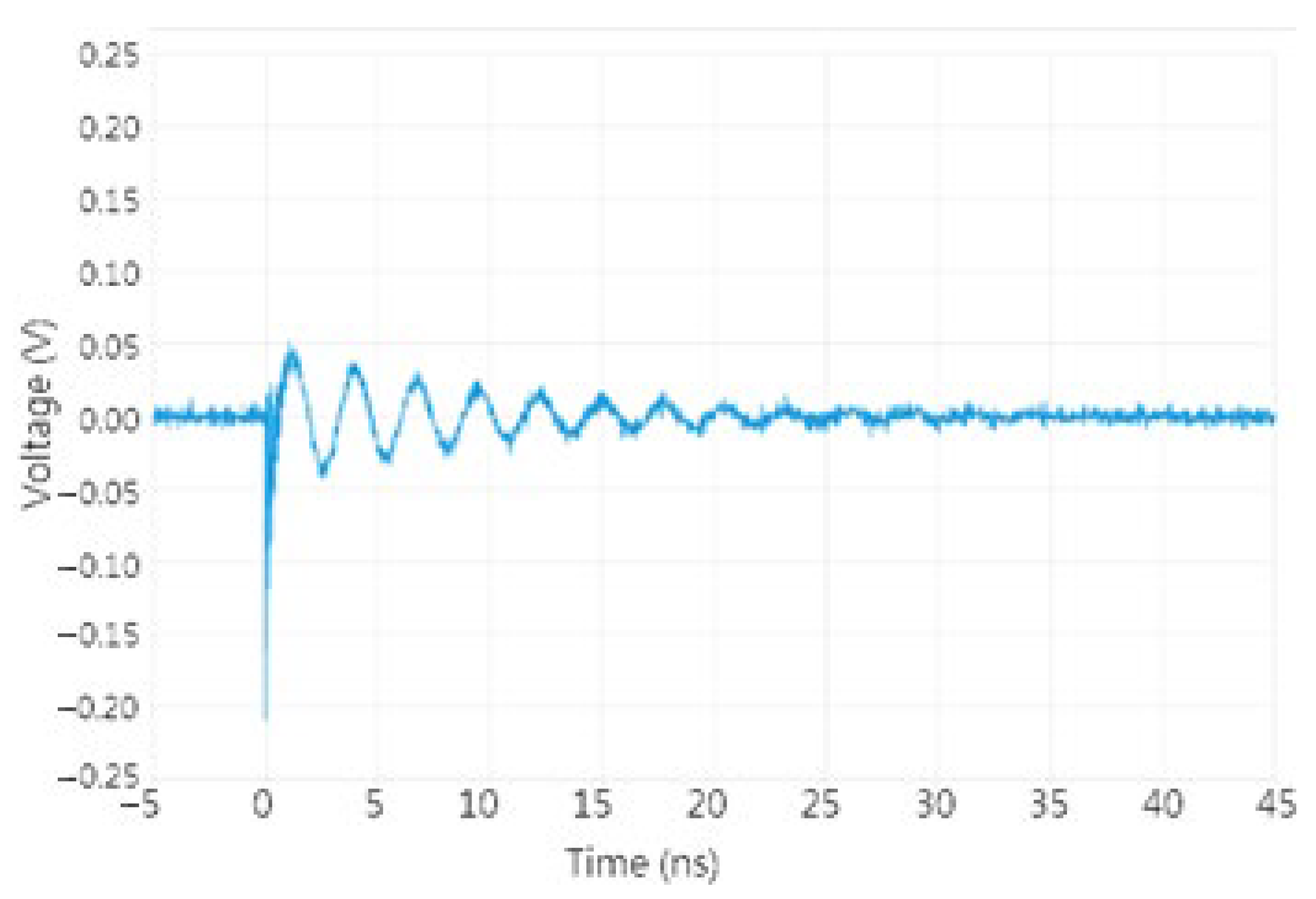
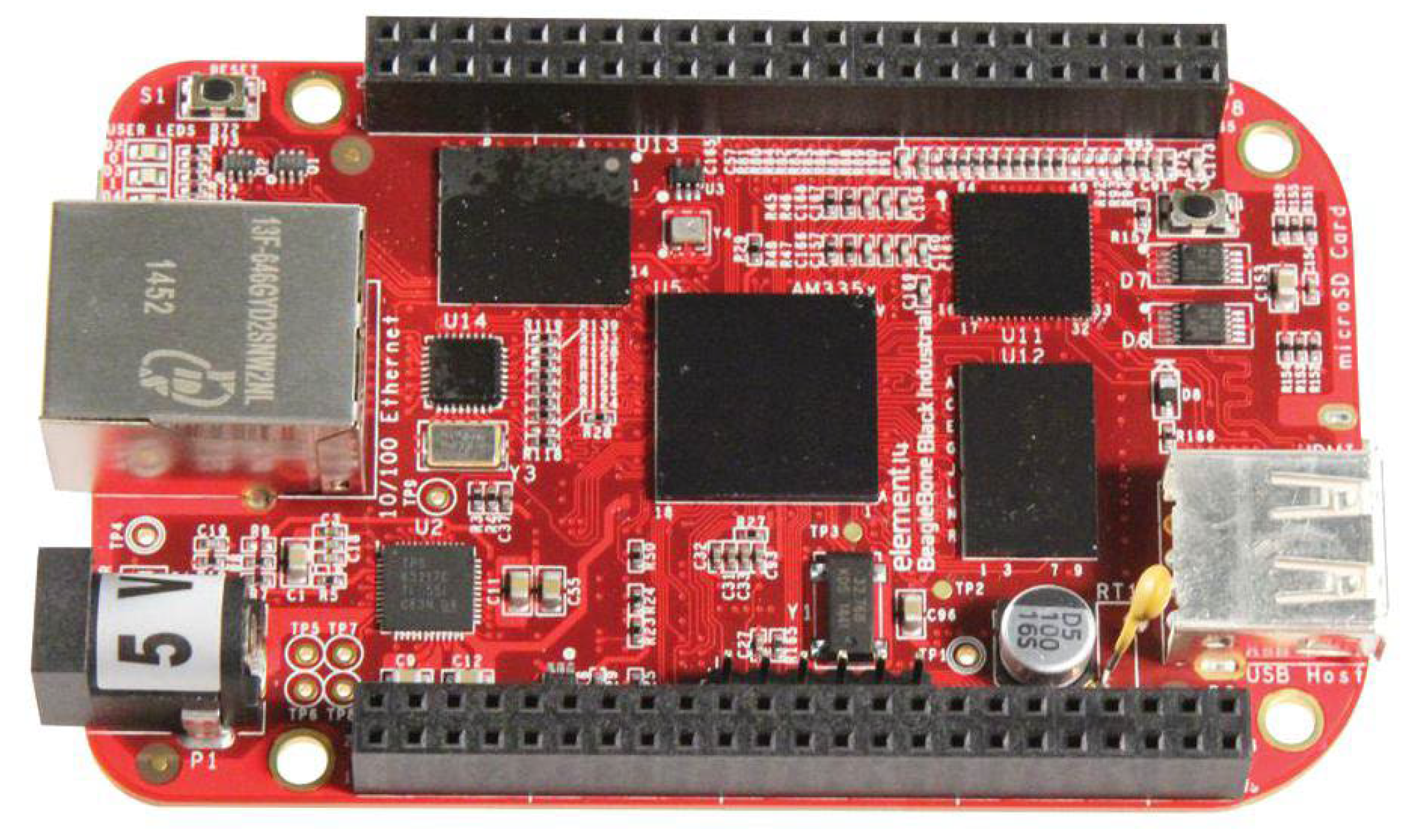
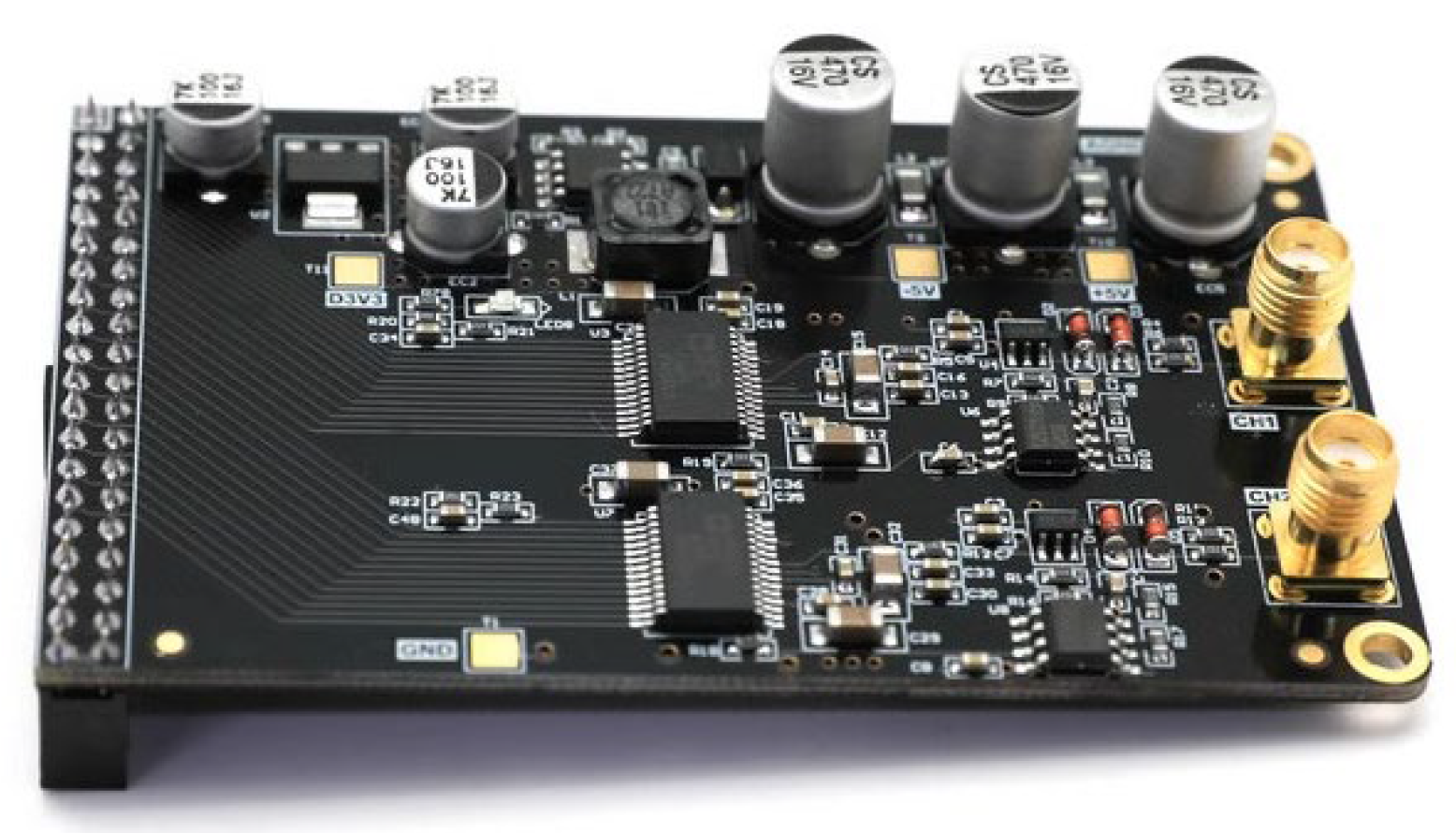

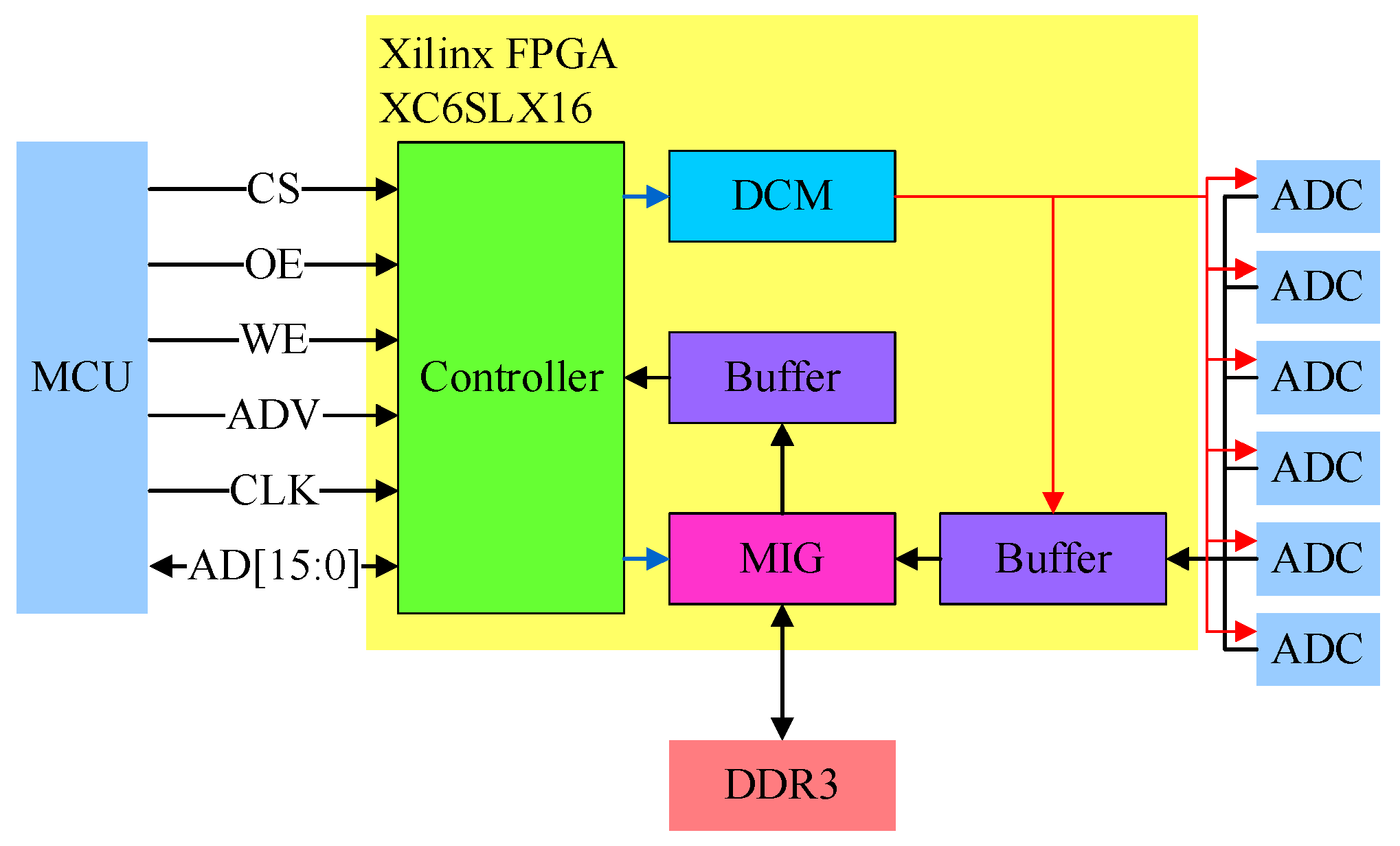
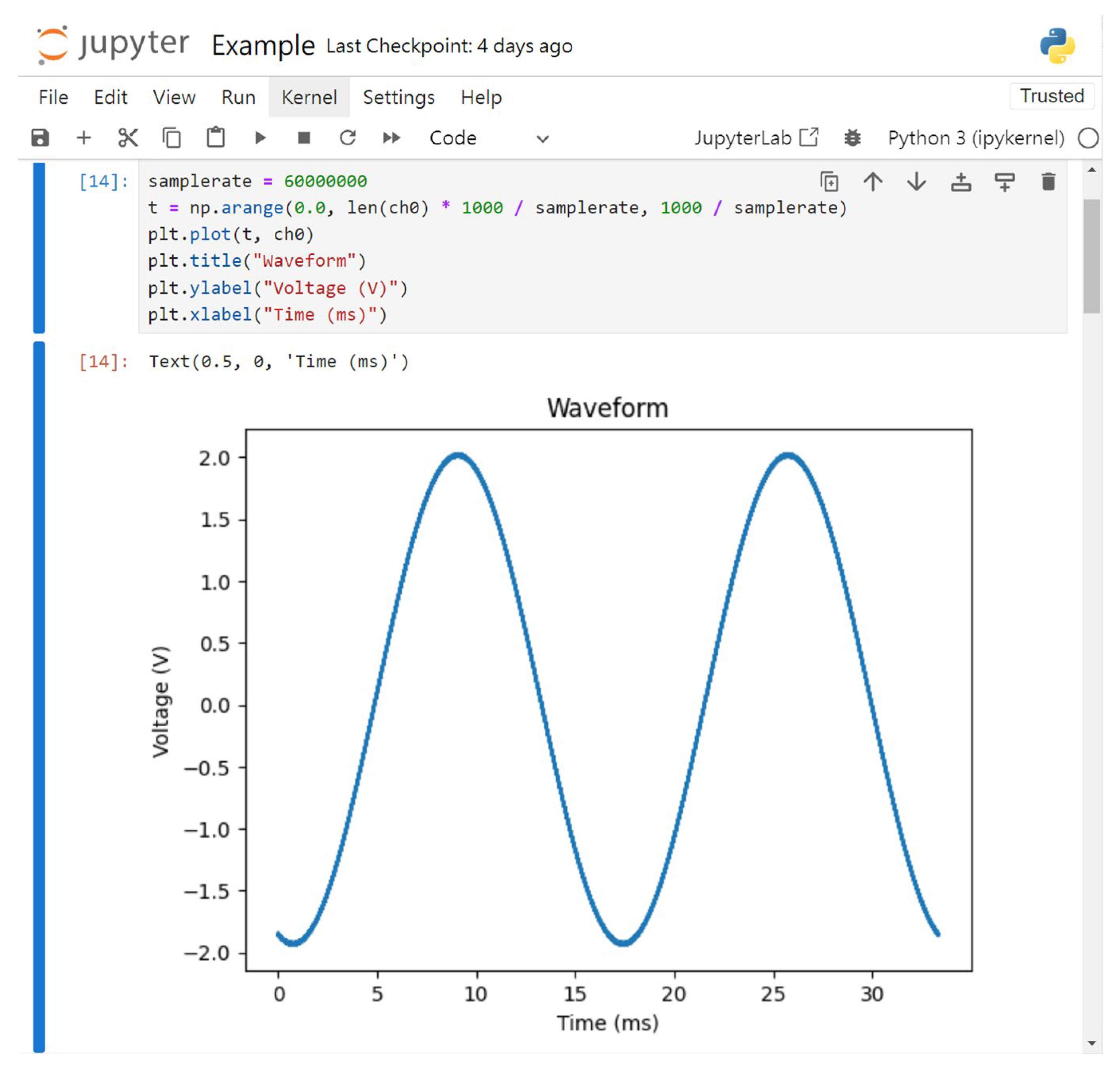

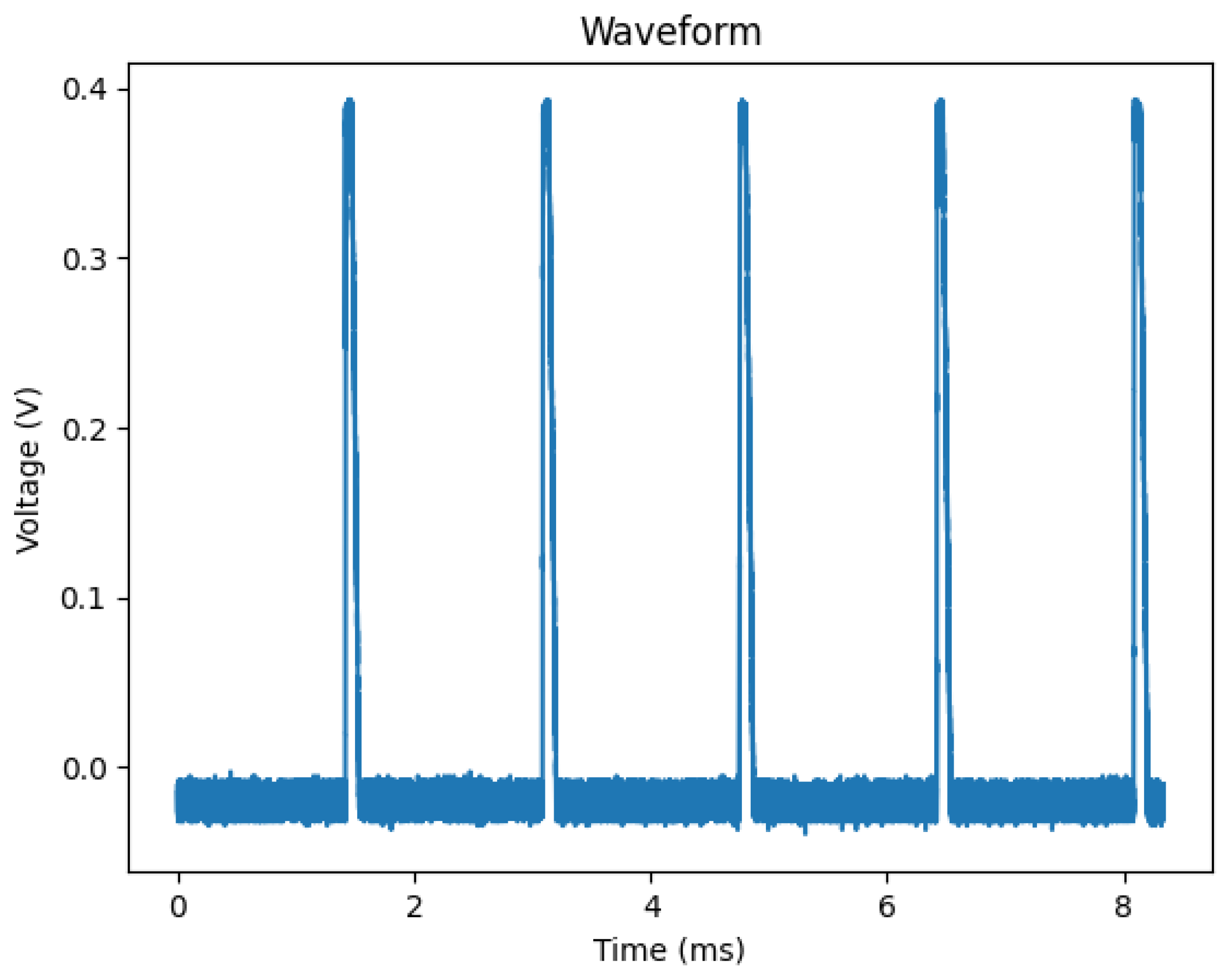
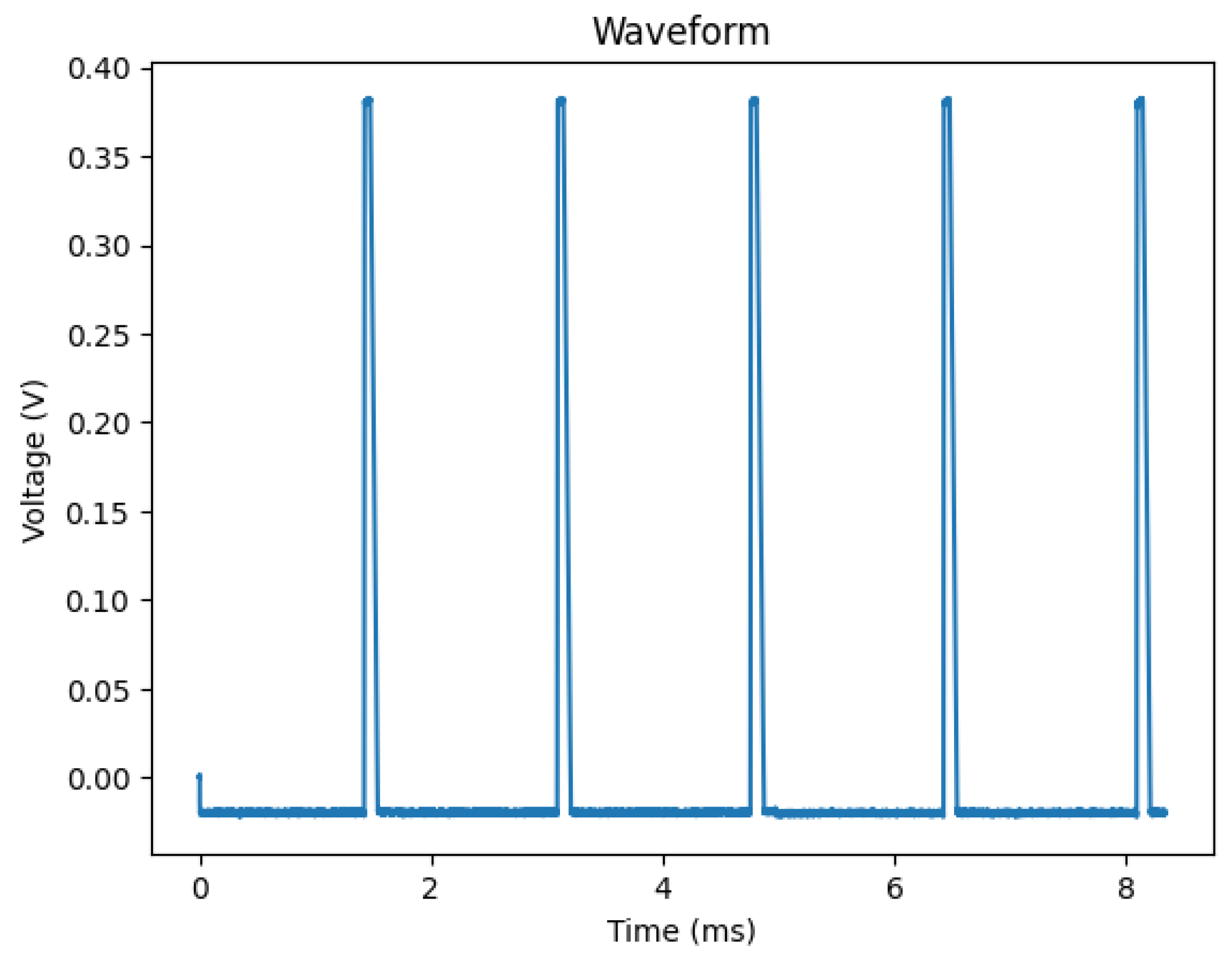
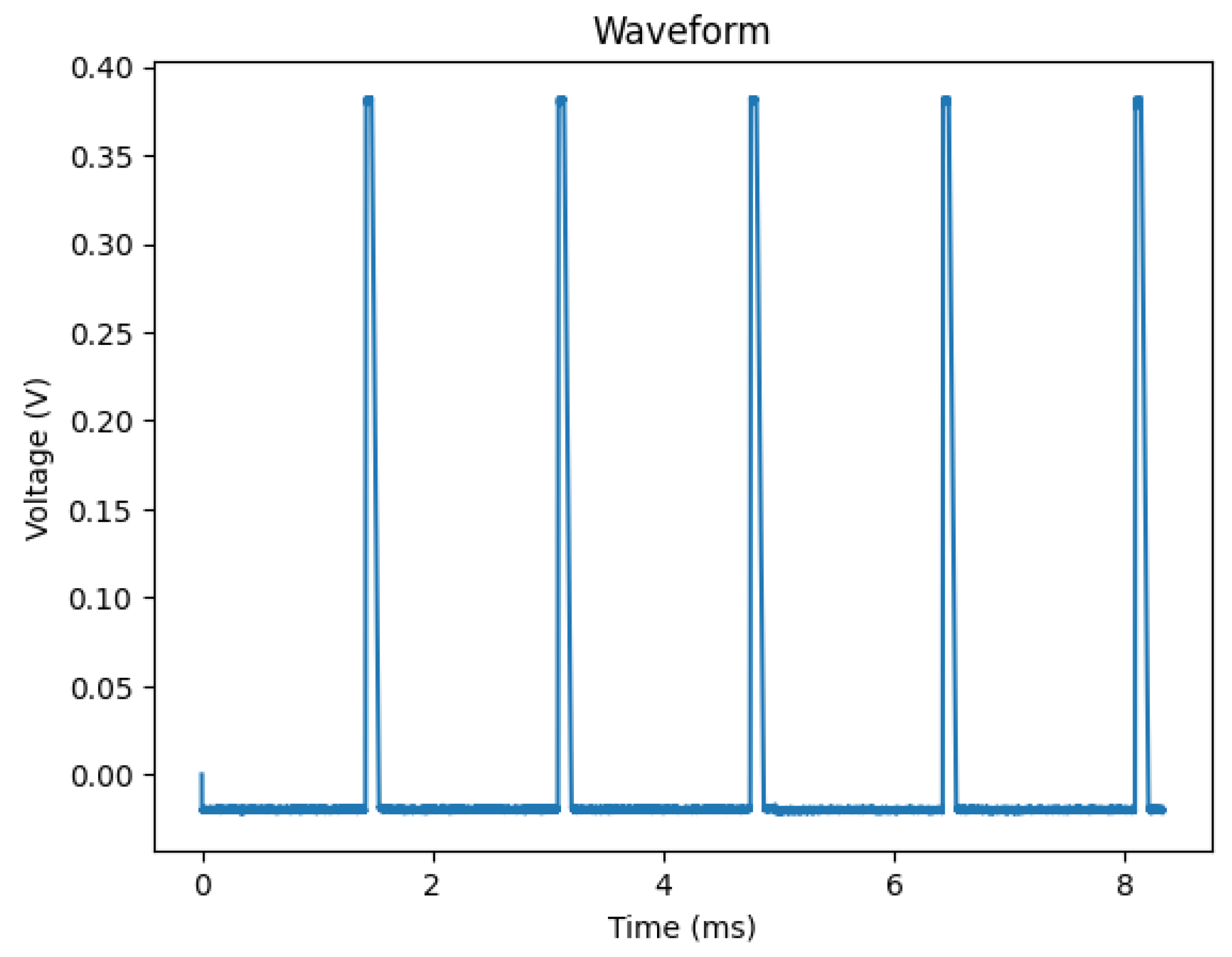
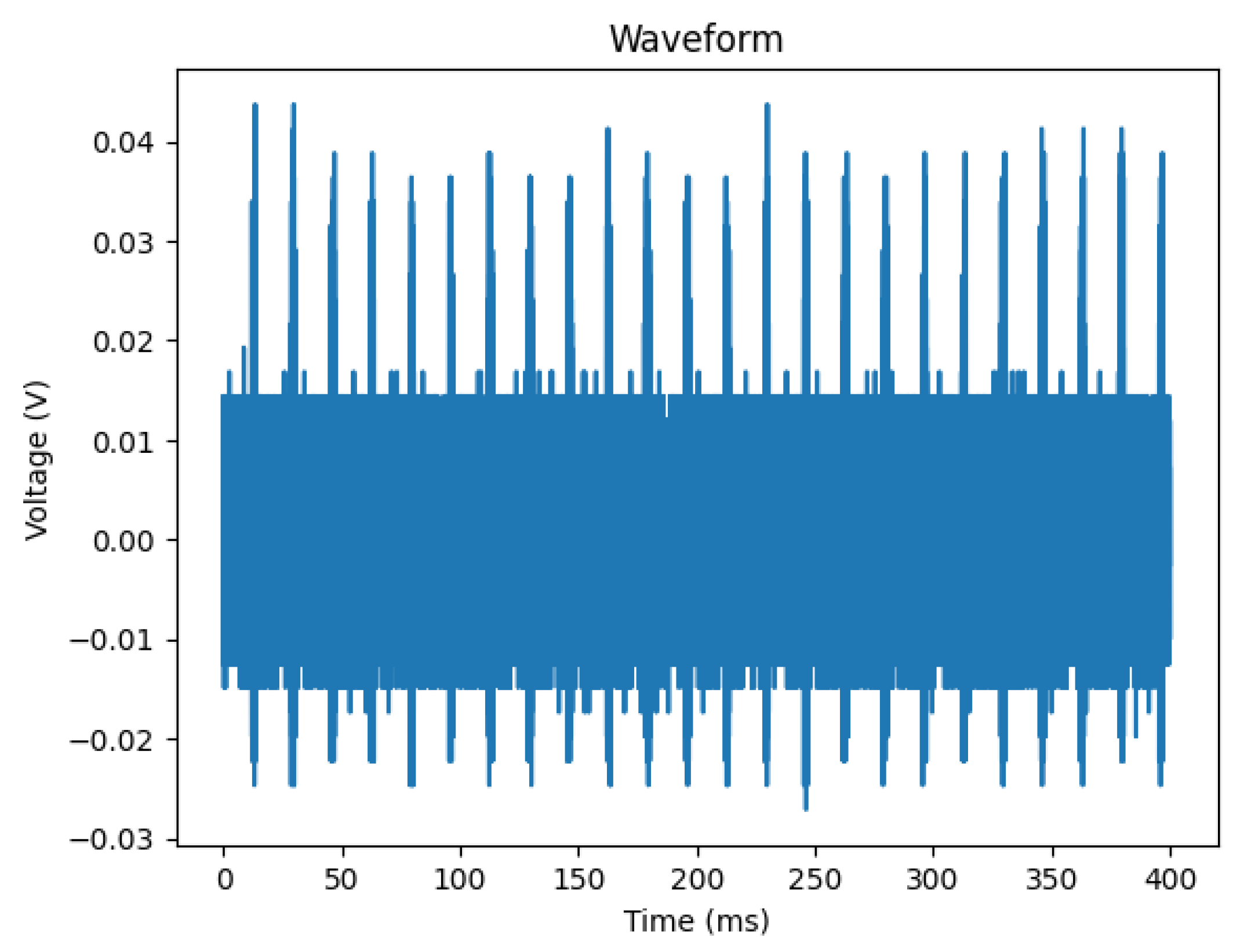

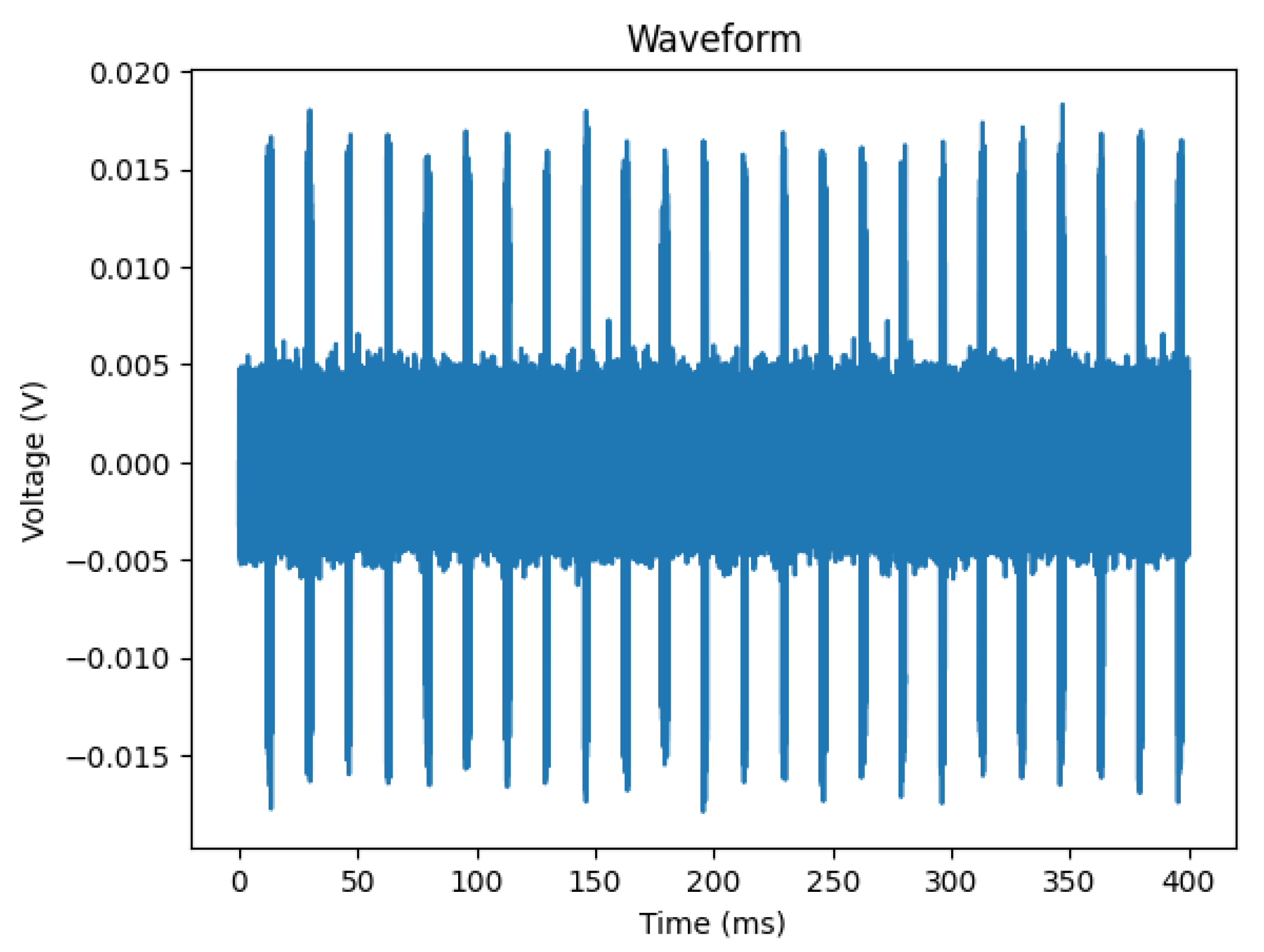
Disclaimer/Publisher’s Note: The statements, opinions and data contained in all publications are solely those of the individual author(s) and contributor(s) and not of MDPI and/or the editor(s). MDPI and/or the editor(s) disclaim responsibility for any injury to people or property resulting from any ideas, methods, instructions or products referred to in the content. |
© 2024 by the authors. Licensee MDPI, Basel, Switzerland. This article is an open access article distributed under the terms and conditions of the Creative Commons Attribution (CC BY) license (https://creativecommons.org/licenses/by/4.0/).
Share and Cite
Tsai, P.-C.; Hsueh, Y.-M.; Chen, C.-K.; Kuo, C.-C. Research on a Partial Discharge Expert System for the Diagnosis of Damaged Transformation Equipment. Appl. Sci. 2024, 14, 1195. https://doi.org/10.3390/app14031195
Tsai P-C, Hsueh Y-M, Chen C-K, Kuo C-C. Research on a Partial Discharge Expert System for the Diagnosis of Damaged Transformation Equipment. Applied Sciences. 2024; 14(3):1195. https://doi.org/10.3390/app14031195
Chicago/Turabian StyleTsai, Ping-Chang, Yu-Min Hsueh, Chang-Kuo Chen, and Cheng-Chien Kuo. 2024. "Research on a Partial Discharge Expert System for the Diagnosis of Damaged Transformation Equipment" Applied Sciences 14, no. 3: 1195. https://doi.org/10.3390/app14031195
APA StyleTsai, P.-C., Hsueh, Y.-M., Chen, C.-K., & Kuo, C.-C. (2024). Research on a Partial Discharge Expert System for the Diagnosis of Damaged Transformation Equipment. Applied Sciences, 14(3), 1195. https://doi.org/10.3390/app14031195






